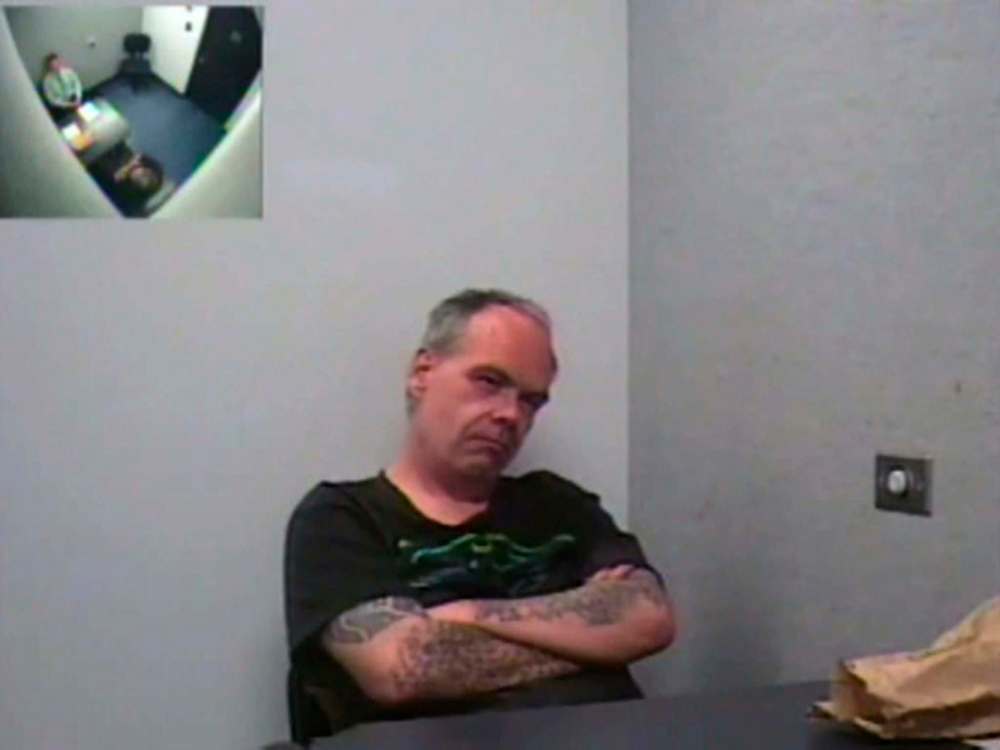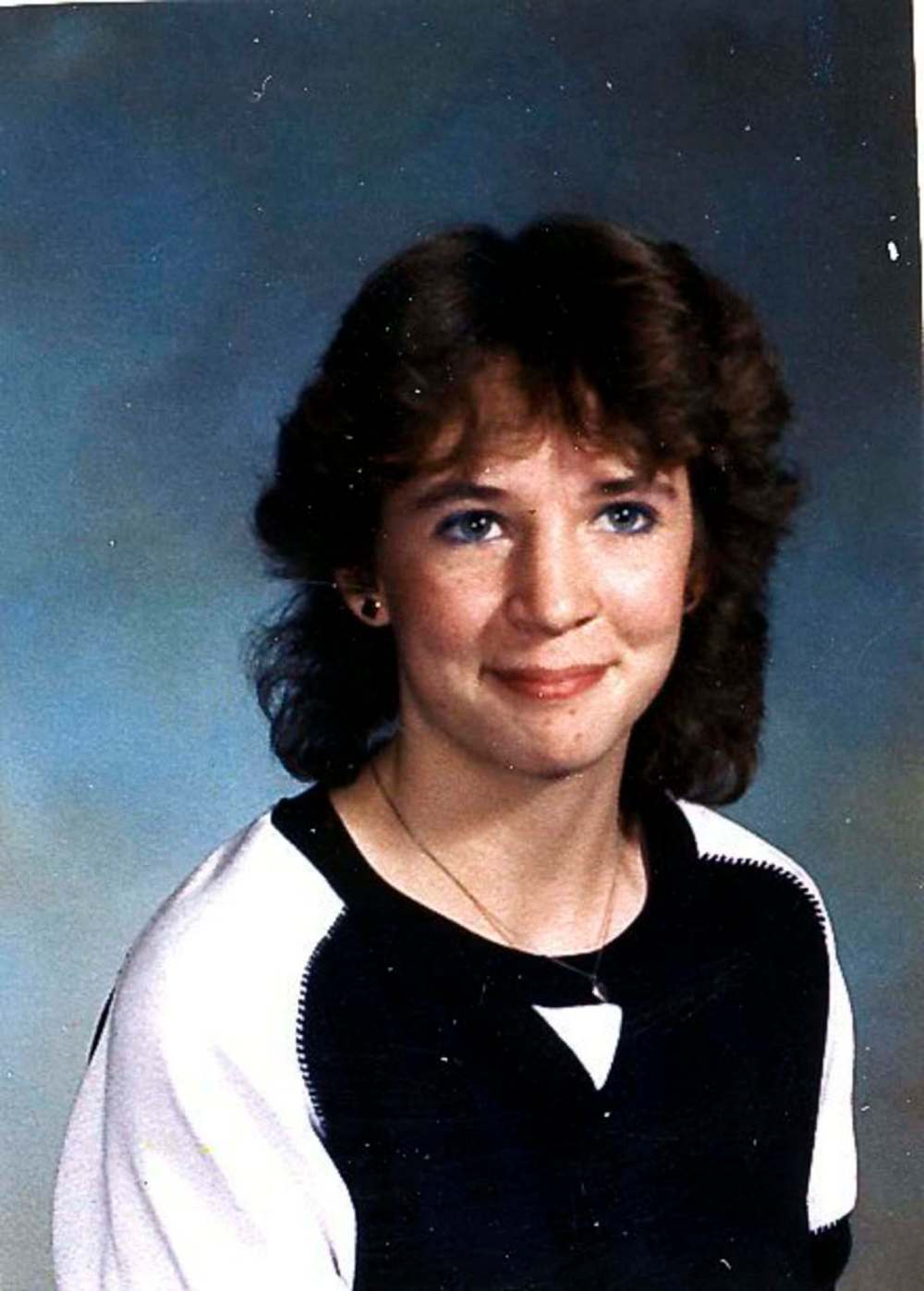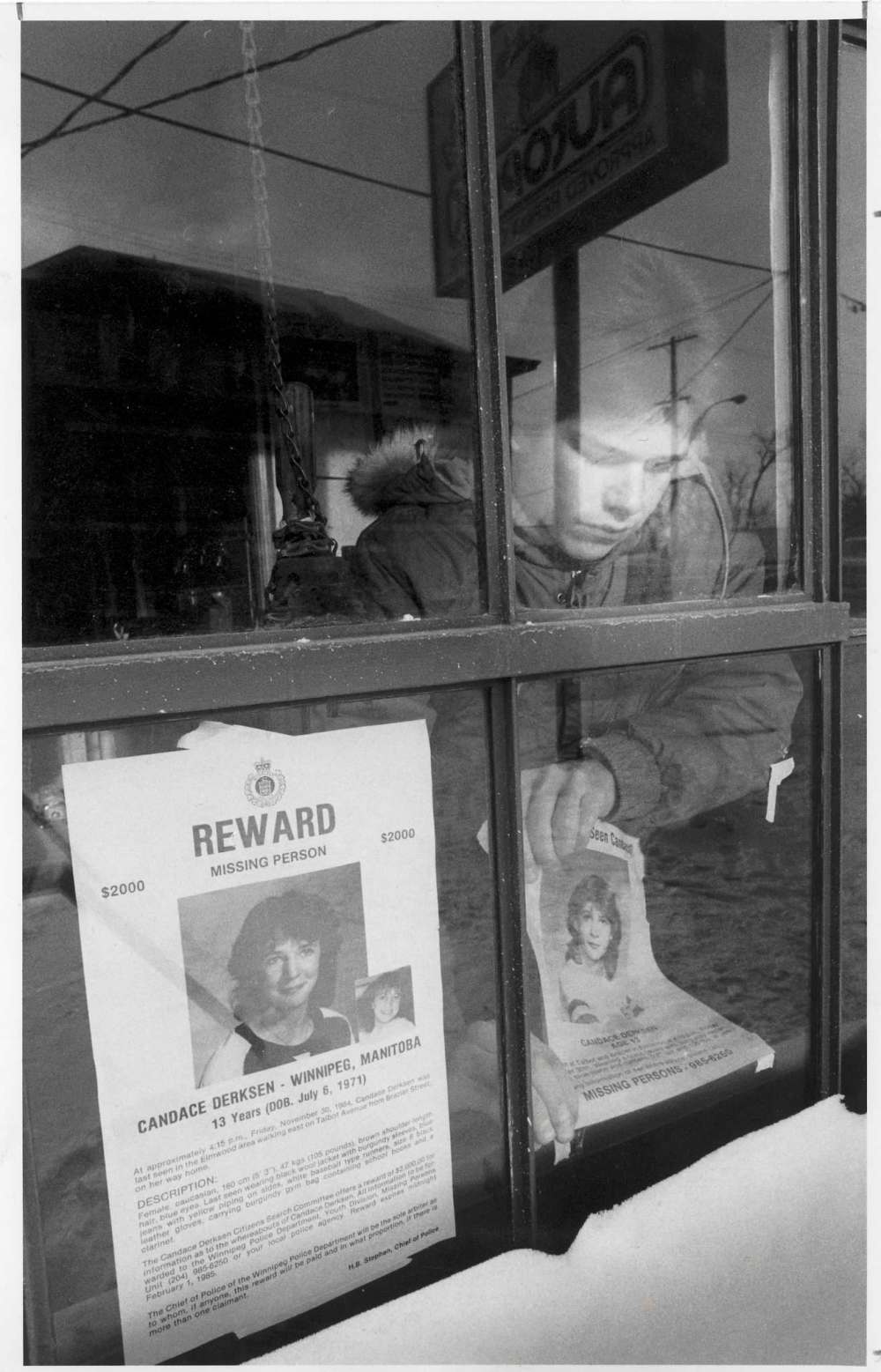DNA ‘problematic’ but Grant guilty, Crown argues
Startling admission in closing arguments
Advertisement
Read this article for free:
or
Already have an account? Log in here »
To continue reading, please subscribe:
Monthly Digital Subscription
$1 per week for 24 weeks*
- Enjoy unlimited reading on winnipegfreepress.com
- Read the E-Edition, our digital replica newspaper
- Access News Break, our award-winning app
- Play interactive puzzles
*Billed as $4.00 plus GST every four weeks. After 24 weeks, price increases to the regular rate of $19.00 plus GST every four weeks. Offer available to new and qualified returning subscribers only. Cancel any time.
Monthly Digital Subscription
$4.75/week*
- Enjoy unlimited reading on winnipegfreepress.com
- Read the E-Edition, our digital replica newspaper
- Access News Break, our award-winning app
- Play interactive puzzles
*Billed as $19 plus GST every four weeks. Cancel any time.
To continue reading, please subscribe:
Add Free Press access to your Brandon Sun subscription for only an additional
$1 for the first 4 weeks*
*Your next subscription payment will increase by $1.00 and you will be charged $16.99 plus GST for four weeks. After four weeks, your payment will increase to $23.99 plus GST every four weeks.
Read unlimited articles for free today:
or
Already have an account? Log in here »
Hey there, time traveller!
This article was published 12/05/2017 (3085 days ago), so information in it may no longer be current.
After a six-week retrial in a 33-year-old murder case, the Crown has conceded some of the DNA evidence used to link Mark Grant to the 1984 death of 13-year-old Candace Derksen was “problematic,” and Court of Queen’s Bench Justice Karen Simonsen should not give it any weight.
The startling admission came during Crown prosecutor Brent Davidson’s closing arguments on Friday.
The DNA recovered from slightly more than four metres of twine used to bind Candace’s wrists and ankles — leaving her “hog-tied” in a lumberyard storage shed as she froze to death after she went missing on Nov. 30, 1984 — has been heavily criticized during two trials.

The results of a third DNA test on twine extracts pointed to 53-year-old Grant; the first two came back inconclusive. Two internationally recognized DNA experts testified the DNA analysis — completed by Molecular World lab director Amarjit Chahal — was “fatally flawed” and “scientifically corrupt.”
Now, the Crown concedes Simonsen shouldn’t arrive at a verdict based on that analysis.
“These analytical concerns must play into the process,” Davidson said.
“If you’re asking me what I would do, I can tell you. Even though I believe, based upon the evidence as a whole, that Chahal’s interpretation is correct, I would place no weight on the nuclear DNA result.”
Grant, who is charged with second-degree murder, is being tried for the second time. The Manitoba Court of Appeal overturned his 2011 second-degree murder conviction. The Supreme Court upheld the appeal court’s decision. The high court ruled the trial judge erred by not allowing the jury to hear evidence that could have pointed to another suspect.
That evidence, involving a 12-year-old girl who reported being abducted and tied up in a railway boxcar about nine months after Candace’s body was found, was downplayed by the Crown Friday. Davidson argued the victim, now an adult, shouldn’t be believed because she recanted her story during Grant’s 2011 trial, leading the trial judge to decide the incident never happened. Grant’s defence team urged Simonsen to believe the woman’s account, which was reported to police as taking place in September 1985 when Grant was in jail for a separate incident.
Davidson said despite concerns with the DNA analysis — which was scrutinized during several days of testimony from Chahal, other Molecular World employees and the two defence experts, Frederick Bieber and Bruce Budowle — the “elephant in the room” during Grant’s trial is that he had the “means and opportunity” to abduct Candace and leave her to freeze to death. Davidson argued there should be no reasonable doubt Grant is responsible for her death.
“You can’t mistake weight for reasonable doubt,” he told Simonsen.

DNA tests on the twine contributed to Grant’s 2007 arrest after a Winnipeg police cold-case investigation. Candace’s bound and frozen body was discovered inside the storage shed on Jan. 17, 1985.
Davidson said he didn’t have the “literary capabilities” of defence lawyer Saul Simmonds, who delivered his final arguments Thursday with an Alice in Wonderland-themed twist. But he introduced a triangle metaphor when arguing the case is about more than DNA.
“The case against Mark Grant has dealt with three things: it deals with science, it deals with means and opportunity and it deals with admission,” Davidson said. “It’s not about nuclear DNA as much as Mr. Grant would like you to think. It’s about evidence.”
While Grant’s defence team has urged the judge to disbelieve a Crown witness who testified she was threatened by Grant in 1988 after she heard him confess to killing Candace, the Crown argued she is credible.
Tonia Lachance, who was then a friend of Grant’s girlfriend, said she heard Grant say “I killed her” during a group discussion about Candace.
A couple of seconds later he added, “No, I didn’t. I’m just kidding,” she testified.
Lachance said Grant later threatened her not to tell anyone about the remark, “or he’d do to me what he did to Candace.” She didn’t speak to the police about it for 19 years. The Crown said her fear of Grant explains why she didn’t come forward sooner.
“I can’t imagine any admission stronger than this. It is credible, it is reliable, it is worthy of great weight,” Davidson said.

Throughout the lengthy, high-profile trial, Grant sat quietly in the prisoner’s box, shielded from the view of the often-packed public gallery. But he interrupted Friday when Davidson spoke about Lachance, getting the attention of his lawyer, who promptly shushed him.
Davidson urged the judge to scrutinize and weigh all of the evidence, not just “piecemeal” parts of it.
“The only other person we know of who had similar means and opportunity was (Grant’s former girlfriend) and she was excluded” after mitochondrial DNA testing, a particular type that wasn’t challenged by geneticists who testified for the defence, Davidson said.
The reserved her decision on the verdict.
katie.may@freepress.mb.ca

Katie May is a multimedia producer for the Free Press.
Our newsroom depends on a growing audience of readers to power our journalism. If you are not a paid reader, please consider becoming a subscriber.
Our newsroom depends on its audience of readers to power our journalism. Thank you for your support.
History
Updated on Friday, May 12, 2017 1:14 PM CDT: Fixes quote in lede
Updated on Friday, May 12, 2017 4:30 PM CDT: Updates with factbox
Updated on Saturday, May 13, 2017 7:27 AM CDT: Edited
Updated on Saturday, May 13, 2017 7:33 AM CDT: Photos reordered.




